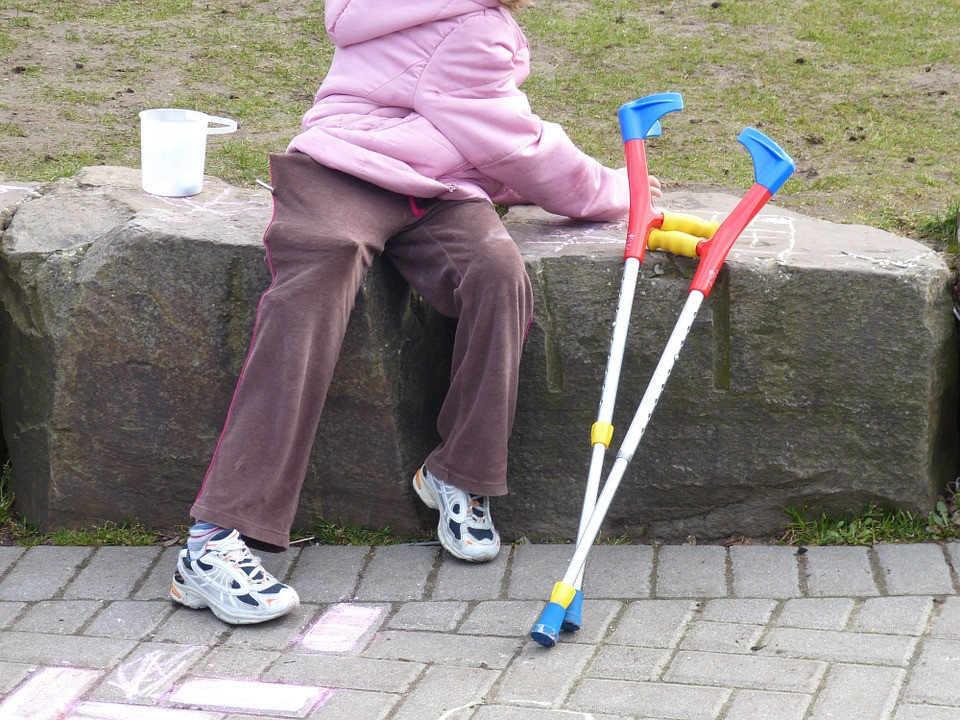
Duchenne and Becker muscular dystrophy: Treatment & Research. Part II.

Impact of neuromuscular diseases on education and working opportunities of patients and carers
Investigations
Genetic testing will confirm the diagnosis of Duchenne and Becker and show the exact mutation in the gene. Often the first test is a blood test measuring CK (creatine kinase), which is extremely elevated in DMD and BMD. However, this is a general biomarker for muscle break down. So the next step is to see if DMD/BMD or another disease is causing the muscle breakdown. This is done by looking at the dystrophin gene in the blood. In the majority of cases, the deletion will be found. In rare cases, when it is impossible to confirm the diagnosis through this test, a biopsy is performed to confirm the diagnosis by the absence (or quasi-absence) of dystrophin.
Therapy & Treatment
There is currently no cure for Duchenne or Becker muscular dystrophy. Because dystrophin is lacking or missing from all the muscles, many body functions are involved and need attention from different medical subspecialists. It is important that a team that includes all of these subspecialists provides Duchenne and/or Becker care. Respiratory support and multidisciplinary care can improve the patient’s quality of life. In most cases, steroids are used to slow down progression.
Life expectancy
With the current standards of care, people with Duchenne can live into their early 30s and beyond. However, still a certain percentage of boys with DMD die in their late teens, mainly due to cardiac complications. The average life expectancy of Becker patients is somewhere between 40 and 50 years. However, with clinical care continuing to improve, as well as clinical trials, research and new therapies, the quality and quantity of life with Duchenne and Becker are enhanced each year.
Depending on a lot of factors including the type of mutation, Duchenne and Becker are different for every person. Even a sibling, having the same mutation, can have a different progression. The different stages in which Duchenne and Becker people are divided are based on whether patients are able to walk (ambulant) or not (early loss of ambulation, late loss of ambulation).
Phases of the disease
Ambulatory
The ambulatory phase is considered as the phase from diagnosis until not being able to walk independently anymore. In the case of Duchenne, some children are diagnosed before they are able to walk. During the diagnosis and early ambulatory stage, there are relatively few symptoms of Duchenne or Becker. Difficulties climbing stairs, running, and keeping up with peers can be seen. In the late ambulatory stage, people become tired with walking long distances and have difficulty keeping up with peers. This stage occurs in late childhood, adolescence and young adults (Becker). In Duchenne patients, this phase typically ends in their early teens.
Early loss of ambulation
Early loss of ambulation is considered as the phase when you cannot walk anymore, but you can still use your arms and are not using a ventilator or probably just at night. People affected might need a wheelchair or scooter to move around. With Duchenne patients, this stage often starts earlier (in their childhood) than those affected with Becker (adolescence, young adults).
Late loss of ambulation
Late loss of ambulation is considered the phase when Duchenne or Becker people in general, need ventilation and have very limited arm and hand function. Everybody is different but often young adults with DMD are in this phase. During the final late non-ambulatory stage, people affected are having trouble using their hands and maintaining good posture. In all phases learning and behavioural problems may play a role as well.
Genetic testing
Genetic testing determines what type of mutation is occurring, and will provide more information about the mutation. It can determine which type of muscular dystrophy a person has and further testing can determine if other family members are carriers of the gene mutation. If so, other female family members may be at risk of being carriers as well and should discuss this with their doctor, especially before getting pregnant.
Contribute to research!
There are many things you can do to become an expert of your own or your child’s condition. One of them is to connect to the Share4Rare platform and become part of the rare disease community to contribute to research. It is not just about staying informed; it is about learning from each other and contributing to meaningful research and also about understanding how our experiences and emotions can connect us and give the opportunity to learn from each other.
Share4Rare users around the world illustrate how much the sharing of stories and experiences helps to find underlying patterns, and how this becomes a powerful tool to advance rare disease research. This is something that carers, clinicians, researchers and others involved in the rare disease world can benefit in equal measure.
Check out the new additions in the Share4Rare platform.
**Connect to Share4Rare for free**
Sources:
https://www.parentprojectmd.org/about-duchenne/what-is-duchenne/types-of-mutations/
